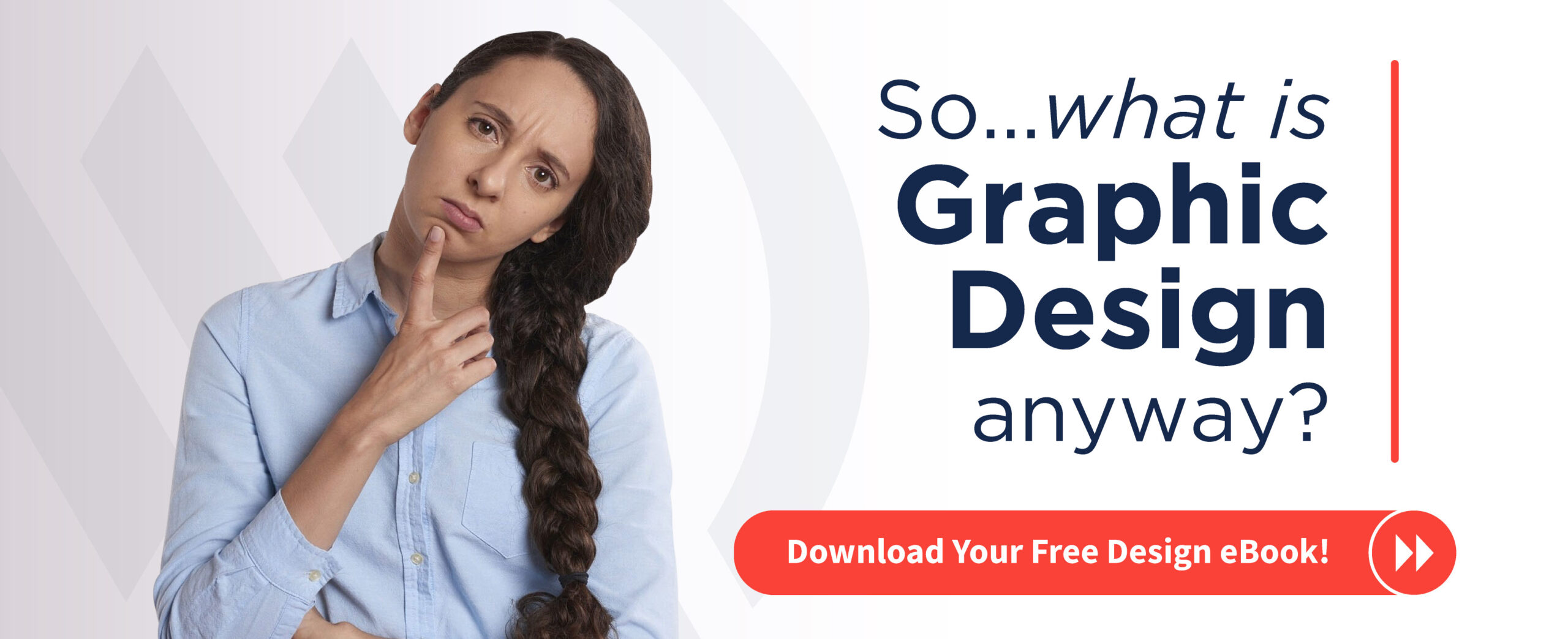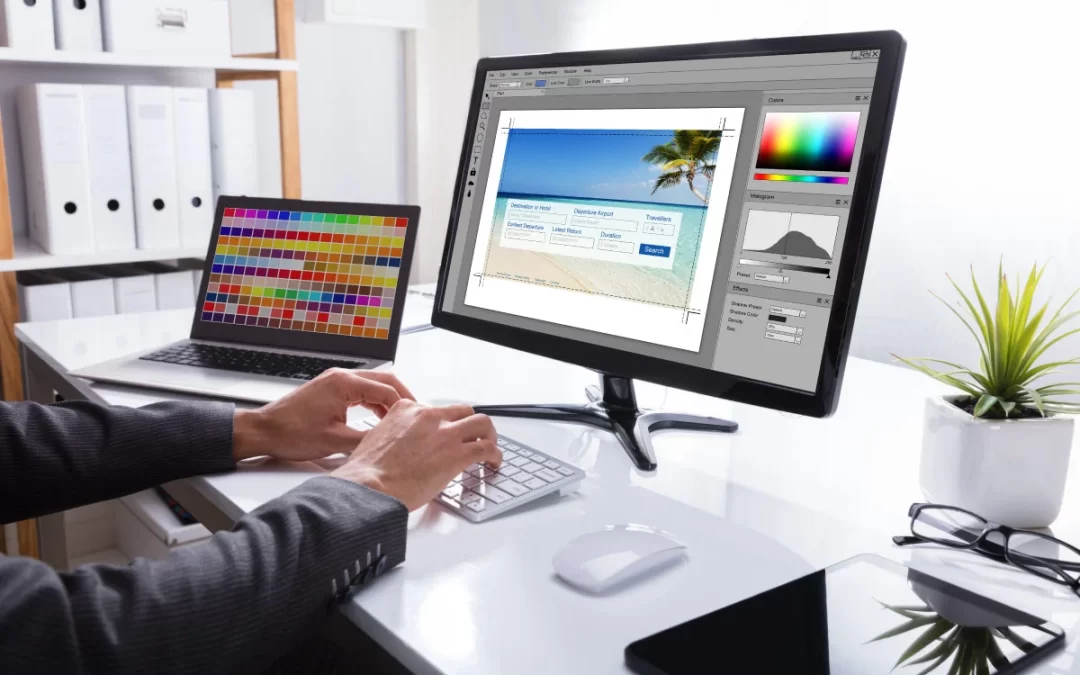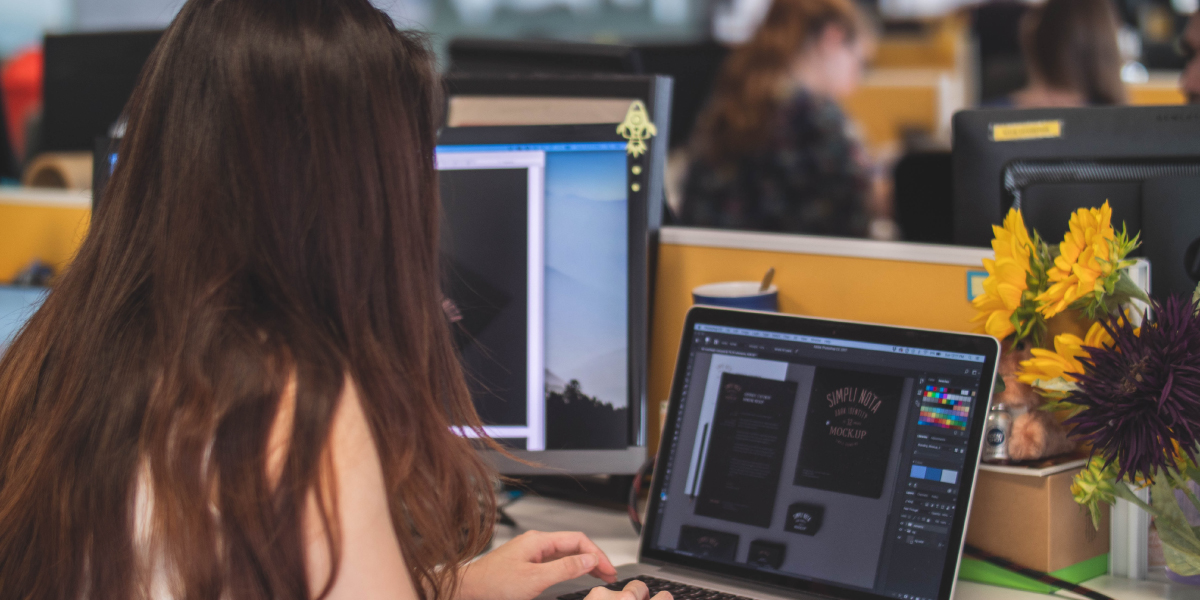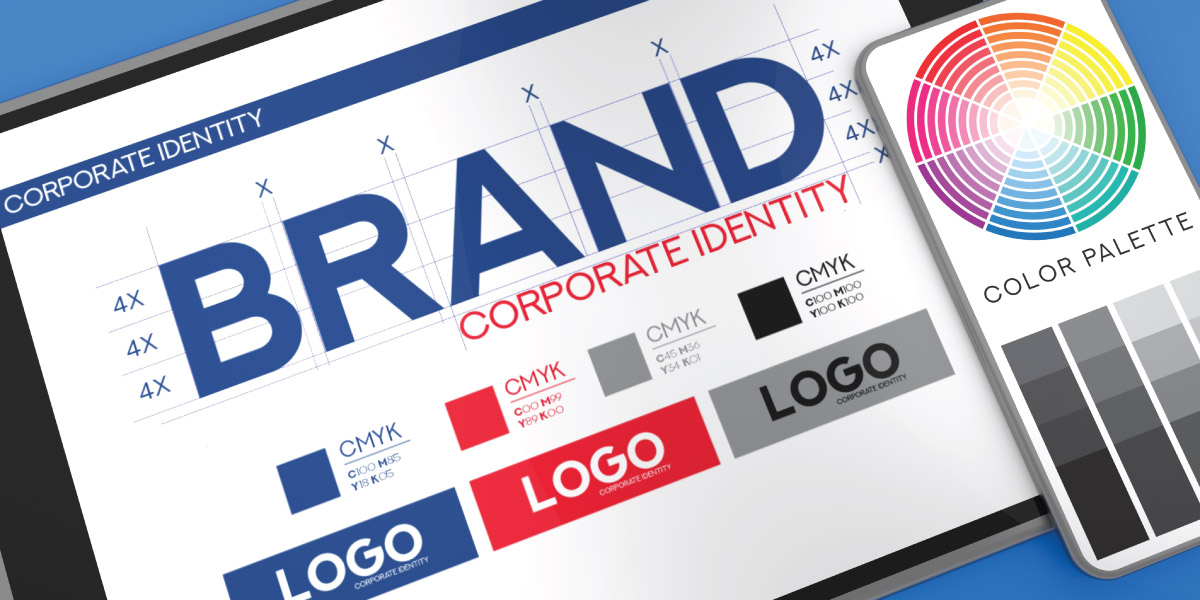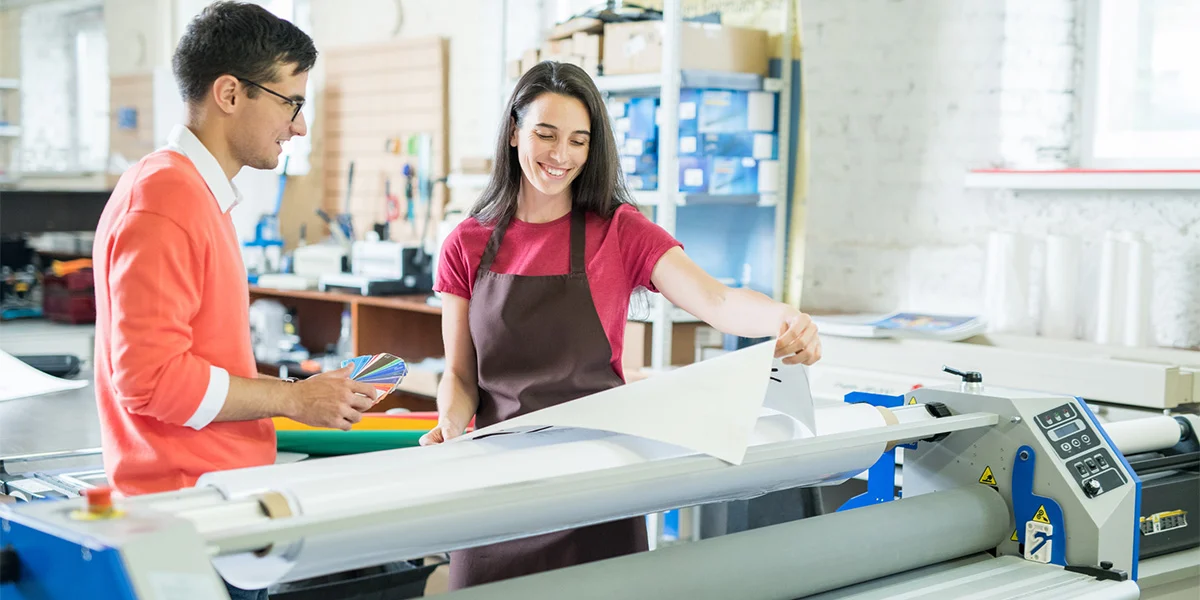If you are a sales and marketing professional, you probably feel like you have a pretty good grip on what “graphic design” means. But that assumption might limit a complete and accurate understanding of something that has a profound impact on millions of people everyday. You see, graphic design is all around us. It is constantly being used to inform, entertain, and even manipulate us. As a matter of fact, the average person is so immersed in graphic design that they may not even notice it — but it’s there. Every logo, website, billboard, mobile app, magazine and food wrapper carries with it the evidence of graphic design. Even the blog that you are reading this on now was created with the help of a graphic designer.
Develop a Deeper Understanding of Graphic Design — Download Our Free eBook
Technically speaking, the purpose of graphic design is to use imagery and text to convey a thought or idea. Each design is crafted to deliver a message, through a specific medium, to a specific audience. For example, a designer wouldn’t necessarily use the same sort of design for a billboard as they would use for a t-shirt or quarterly report.
Consistent use of layout, colors, and imagery, such as a logo, makes for easy recognition. Companies define these factors and dictate how they should be used as brand standards. By adhering to these brand standards, companies can make their product and message instantly recognizable and consistent across all channels.
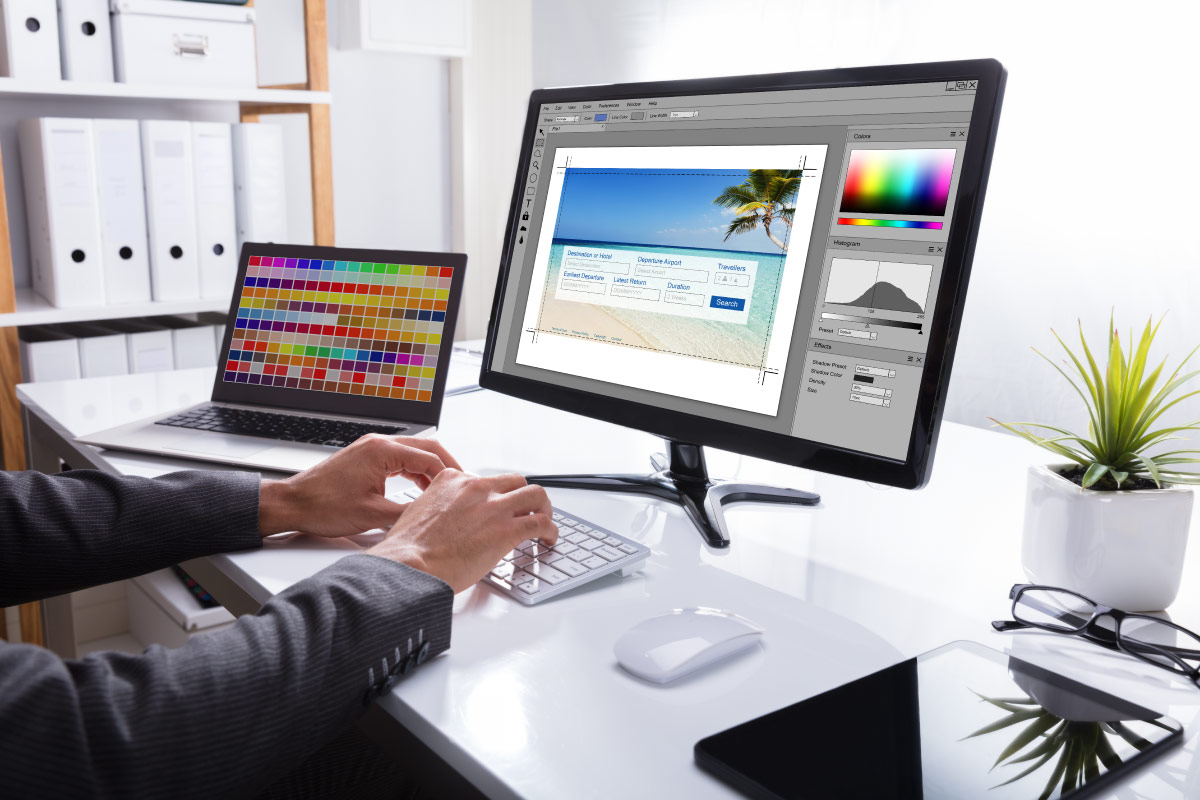
Illustrations and photographs are critical tools for delivering or accentuating a message.
Through the design of a layout, designers can lead viewers through a document, advertisement, or website in a focused and specific way. It is crucial to have a layout design that is organized and easy to follow. A graphic design only has a limited time to convey a message and a complicated layout can cause a message to be lost. However, a well-designed layout can effectively direct a viewer’s attention to the right places at the right time, delivering a positive and enriching experience. Layout design can also be used to create a “feel”. An open layout with a lot of white space (blank areas) can create a feeling of calmness and cleanness. Whereas, a layout full of images and copy tightly packed together can project a sense of tension and chaos.
It is often said, “a picture is worth a thousand words”, and it’s true. Illustrations and photographs are critical tools for delivering or accentuating a message. An illustration can be created to project a mood or to convey an idea. Used consistently, an image can be used for recognition too. There are two types of images, denotative images, and connotative images. Denotative images are straight forward and easily recognizable. Examples of this type of image could be a picture of a car in a car advertisement or a tasty hamburger in a McDonalds ad. Connotative images are images that are meant to give the viewer more information beyond the images face value. Many times these images are used to evoke an emotion, or project a deeper meaning. Pictures of beautiful, striking landscapes are often used as connotative images.
Hopefully you see that the uses of graphic design are vast, and each design is unique to the needs of its usage, message and intended audience. Look around and you will see graphic design everywhere, and now I hope you will have a newfound appreciation for the hard work and deep thought that goes into crafting the amazing graphic designs you see everyday.
